Hatchery, demonstration unit, IMTA system in development
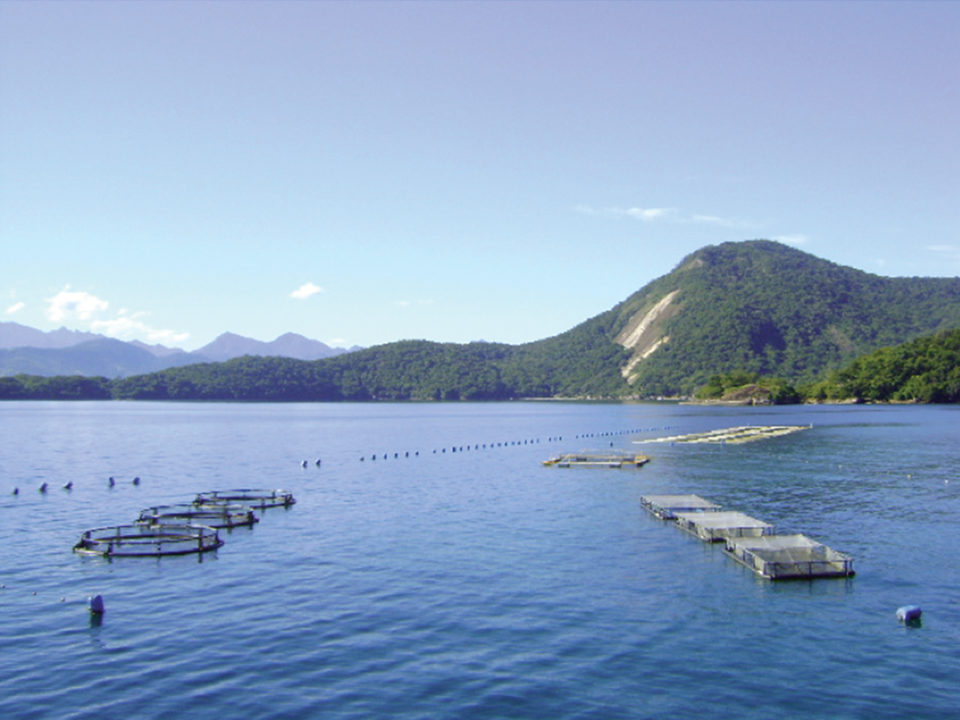
The Ministry of Fisheries and Aquaculture of Brazil has demonstrated an interest in promoting mariculture by creating research and social programs, facilitating regulatory policies and subsidizing regional hatcheries. As a result, a union among the private, academic and government sectors was created to focus on generating tools for the sustainable development of mariculture in Rio de Janeiro, Brazil, especially marine fish culture.
Since then, the grow-out performance of cobia (Rachycentron canadum), grouper (Epinephelus marginatus) and Caranx species of jacks cultured in nearshore cages have been evaluated, as well as broodstock management, fingerling production and local consumer markets. Current ongoing projects include a marine fish hatchery, a demonstration unit and an experimental integrated multi-trophic aquaculture (IMTA) system.
Suitable conditions
The southern region of Rio de Janeiro state presents characteristics favorable for mariculture. First of all, the local community has a cultural connection with the ocean, thanks to the fact that most of the residents’ incomes are derived directly or indirectly from the ocean. In addition, the region presents encouraging geomorphology and oceanographic factors, including a variety of bays and cut shorelines that provide culture environments with different levels of water circulation and shelter. The tropical weather – with an average water temperature of 25 degrees-C – is another plus.
This region is blessed with great biodiversity, from benthic organisms to top finfish predators, and occasional mammals such as whales and dolphins. The rich marine fauna and unique geomorphology make this region an attractive diving spot, providing visitors the opportunity to enjoy organisms from coral reefs to more pelagic species. Furthermore, southern Rio de Janeiro state is located between two main economic centers, São Paulo and Rio de Janeiro, making them potential consumer markets to assimilate aquatic production.
Research facility
A mericulture research facility is located at Ilha Grande, an island in the Angra dos Reis archipelago off the coast of Rio de Janeiro. For marine fish culture, the facility has three, 79-cubic-meter circular cages and three rectangular cages of 42-cubic-meter volume. Also, there are eight, 300-meter lines for the culture of scallops, Nodipecten nodosus; five 30-m lines for mussels, Perna perna; and three 50-m lines for seaweed, Kappaphycus alvarezii.
Marine fish culture
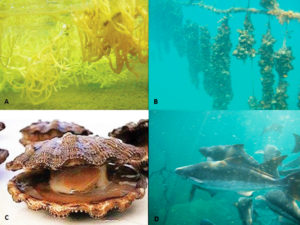
Marine finfish have been cultured in nearshore cages for five years, with an emphasis on cobia. Grow-out protocols, broodstock management and larviculture techniques, and more recently, consumer markets have been developed. Grow-out protocols for grouper and Caranx have also been investigated in the last three years.
Grouper are well-known worldwide in both recreational and commercial arenas, and their high market value makes the fish a potential candidate for aquaculture. In contrast, Caranx species are locally recognized with considerable fisheries production, which drops their price in the market. However, the fish have good-quality flesh, and a few studies have investigated their potential in aquaculture.
These species differ in several aspects, such as feeding and swimming behaviors, and adaption to confinement. Grouper exhibit environmental territorialism, so the fish usually stay at the bottoms of the cages and prefer to feed at dusk. On the other hand, Caranx are active fish with non-stop swimming behavior that tend to form schools when confined and feed constantly. Thus, distinct protocols have been developed.
Grouper study
In a study by the authors, 600 juvenile grouper with an initial average weight of 5 grams were reared in six, 2- x 3- x 2-m nearshore cages. For one year, they were fed in-house moist feed containing processed trash fish supplemented with a commercial premix and vitamin C twice daily to satiation.
After several months of culture, it became apparent that the grouper usually fed at dusk, which complicated facility management. As a result, some juvenile cobia were cultured in combination with the grouper to stimulate feeding behavior. This led to higher feed intake and better growth performance than those found in grouper reared by themselves. After 1.5 years of culture, the grouper achieved an average weight of 600 grams.
Caranx with an initial average weight of 100 grams were cultured for approximately five months in three, 2- x 3- x 2-m near-shore cages. The fish exhibited good production performance, achieving an average weight of 450 grams – the commercial market size for this species.
The fish were fed frozen cut sardines twice a day until satiation. In addition, the Caranx were adapted to confinement, although most mortalities occurred during measurements of biometrics. The fish require special attention and sedation procedures to avoid unnecessary stress that could result in losses.
Both species appeared suitable for nearshore cage culture. The Caranx achieved commercial sizes in less than one year. Conversely, the grouper required more culture time before harvest. The growth performance of both species can likely be further optimized with improvements in culture procedures and management. Further research focused on feeding strategies, culture procedure and nutrition are needed to develop optimal growout protocols for these species.
Ongoing projects
Marine fish hatchery
The Marine Fish Hatchery is supported by the Foundation Institute of Fisheries of Rio de Janeiro State and Foundation for Research Support of Rio de Janeiro State. It is associated with the Association of Maricultures of Ilha Grande Bay (AMBIG), which was to be launched in November 2013. Its major purpose is to produce cobia fingerlings for supplying local farms, research facilities and social projects.
The hatchery has capacity to produce around 50,000 juveniles each culture cycle, which reflects the standard volumes for marine finfish fingerling production. Live feed, including rotifers and Artemia, are offered three times a day at 3-8 organisms/mL until the larvae readily accept dry commercial feed.
This hatchery has an essential role in the region, not only in terms of research and assisting local producers, but also in a socio-cultural perspective. It promotes sustainable activity, favoring the local community by providing new opportunities related to mariculture.
Demonstration unit
The Demonstration Unit of Ilha Grande is a social project sponsored by the Ministry of Fisheries and Aquaculture of Brazil that will be initiated in mid-2014 to support local mariculture operations associated with AMBIG.
Ten mariculture operators selected according to their previous experience will work with aquaculture specialists in transferring the know-how of nearshore cage culture. The unit will consist of 10, 12-m-diameter cages constructed of high-density polyethylene. The main goal is to demonstrate that fish culture can be an alternative income source for the local community that fits into the socio-cultural fabric of the region.
Integrated multi-trophic aquaculture
The IMTA concept is based on recycling waste from uneaten food and feces released by fish, shrimp or other aquaculture species that is converted into food for other species cultured at different trophic levels. The system consists of four components: marine cage culture of cobia and grouper, production of mussels and scallops, and seaweed. The program is still in the experimental stage, in which the best positioning of each component is being evaluated in order to maximize growth and minimize waste.
The southern region of Rio de Janeiro presents favorable conditions for successful IMTA culture. In addition, more laborers from the local community will be required as a result of the variety of organisms raised, which will help maximize profit in the development of sustainable aquaculture.
(Editor’s Note: This article was originally published in the March/April 2014 print edition of the Global Aquaculture Advocate.)
Authors
-
Artur N. Rombenso, M.S.
Center for Fisheries Aquaculture and Aquatic Sciences
Southern Illinois University Carbondale
1125 Lincoln Drive
Carbondale, Illinois 62901 USA[117,100,101,46,117,105,115,64,114,110,114,117,116,114,97]
-
Viviana Lisboa, Ph.D.
Universidade Federal do Ceará
Brazil -
Luís André Sampaio, Ph.D.
Laboratory of Marine and Estuarine Fish Culture
Institute of Oceanography
Federal University of Rio Grande
Brazil
Related Posts
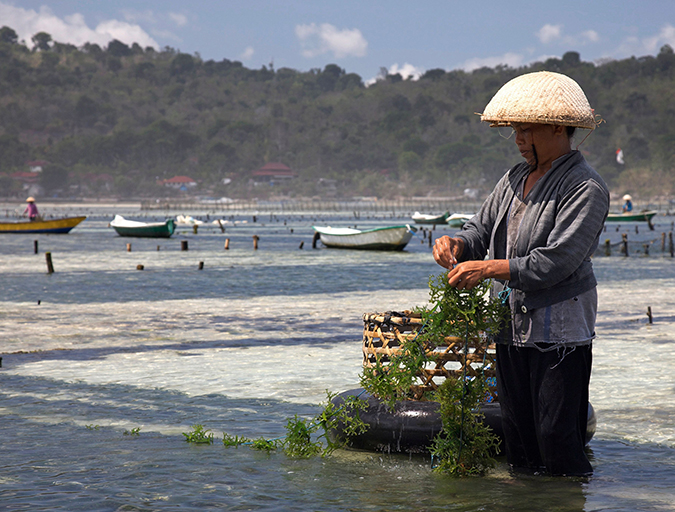
Responsibility
Can sustainable mariculture match agriculture’s output?
Global, sustainable mariculture production, developed on a massive, sustainable scale and using just a small fraction of the world’s oceanic areas, could eventually match the output of land-based agriculture production. Scale and international law considerations require the involvement of many stakeholders, including national governments and international organizations.
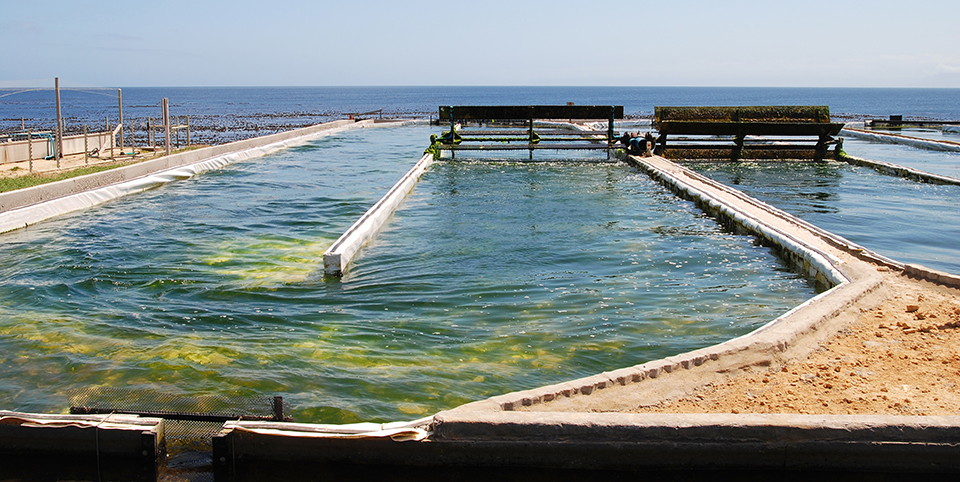
Responsibility
Seaweed mariculture provides feed, green energy production, bioremediation
Under cultivation, macroalgae grow rapidly and synthesize large amounts of carbon/energy reserves while utilizing wastewater. Seaweed can remove pollutants from industrial agriculture effluent and reduce coastal eutrophication.
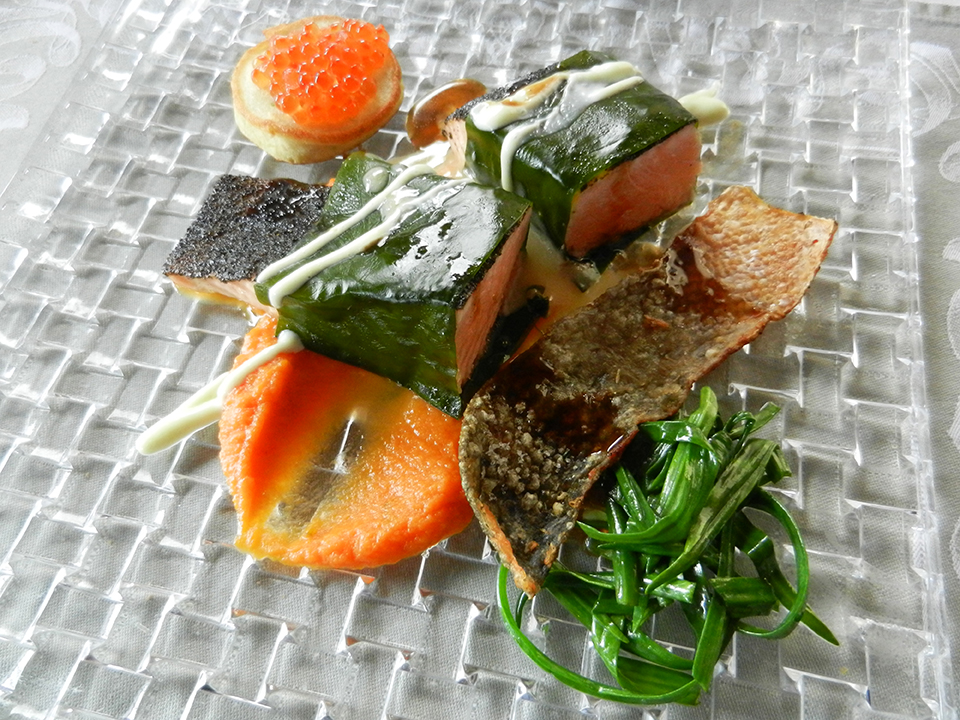
Health & Welfare
Seaweeds: Top mariculture crop, ecosystem service provider
Seaweed aquaculture represents approximately half of the world mariculture production, but since seaweed farming is mostly concentrated in Asian countries, there is a lack of appreciation for this resource in the Western world.
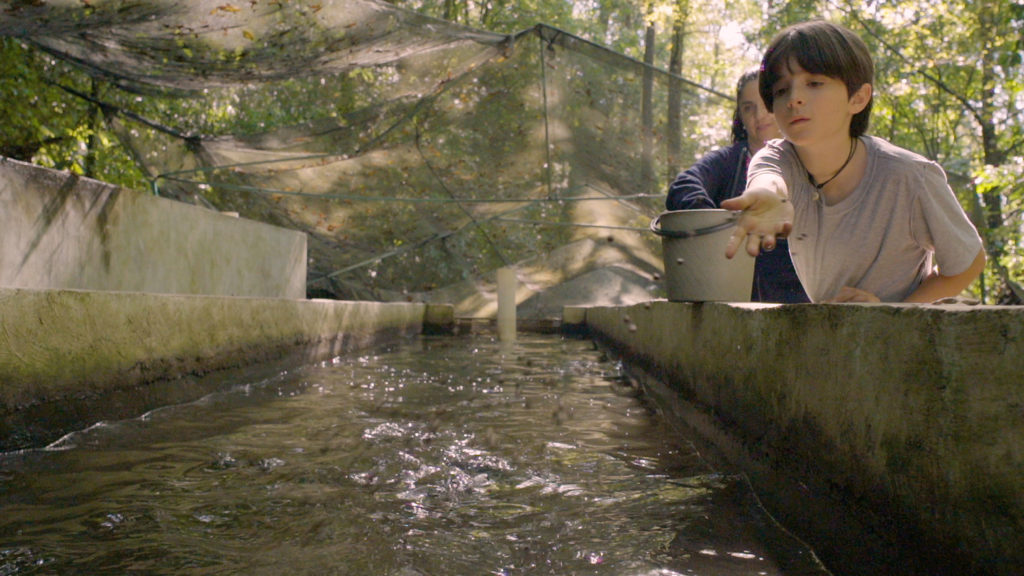
Intelligence
A motive, and a market, for farmed fish in Mexico
Boasting ample areas for aquaculture and a robust domestic demand for seafood – not to mention its close proximity to the U.S. market – a land of opportunity lies in Mexico. Fish farming is primed to meet its potential south of the border.


